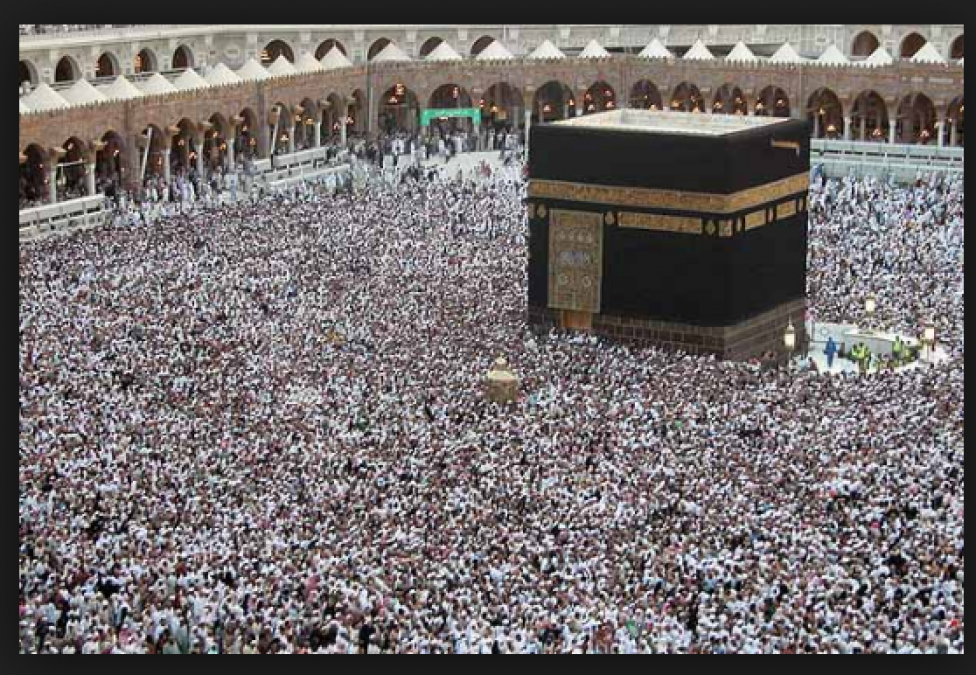
Every year, millions of Muslims from around the world make the journey to Mecca, Saudi Arabia, for the annual pilgrimage (or Hajj). Dressed in the same simple white clothing to represent human equality, the pilgrims gather to perform rites dating back to the time of Abraham. Hajj Basics Hajj is considered one of the five "pillars" of Islam. Muslims are required to make the pilgrimage once in their lifetime if they are physically and financially able to make the journey to Mecca.
Dates of the Hajj Hajj is the largest annual gathering on earth of human beings in one place at the same time. There are specified days each year to perform the pilgrimage, during the Islamic month of "Dhul-Hijjah" (the Month of Hajj).
Performing the Hajj The Hajj has specified schedules and rites that are followed by all pilgrims. If you plan to travel for Hajj, you need to contact an authorized travel agent and familiarize yourself with the pilgrimage rites
Eid al-Adha After the completion of Hajj, Muslims around the world observe a special holiday called "Eid al-Adha" (the Festival of Sacrifice) Every year, millions of Muslims gather in Makkah, Saudi Arabia for the annual pilgrimage, called Hajj. Arriving from every corner of the globe, pilgrims of all nationalities, ages, and colors come together for the largest religious gathering in the world. One of the five "pillars of faith," the Hajj is a duty upon every Muslim adult who is financially and physically able to make the journey. Every Muslim, male or female, strives to make the trip at least once in a lifetime. During the days of the Hajj, millions of pilgrims will gather in Makkah, Saudi Arabia to pray together, eat together, remember historical events, and celebrate the glory of Allah.
also read Ramadan is going to end with Eid-ul-Fitar; know the Significance
When Does the Pilgrimage Happen? The pilgrimage occurs during the last month of the Islamic year, called "Dhul-Hijjah" (i.e. "The Month of Hajj"). The pilgrimage rites occur during a 5-day period, between the 8th - 12th days of this lunar month. The event is also marked by the Islamic holiday, Eid al-Adha, which falls on the 10th day of the lunar month. In recent years, overcrowding of pilgrims during the Hajj has caused some people to ask why the Hajj cannot be spread out throughout the year. This is not possible due to Islamic tradition. The dates of Hajj have been established for over a thousand years. Pilgrimage *is* done at other times throughout the year; this is known as Umrah. The Umrah includes some of the same rites, and can be done throughout the year. However, it does not fulfill the requirement for a Muslim to attend Hajj if able.
also read If you have planted Money Plant in the house then must be aware of these Pros-cons